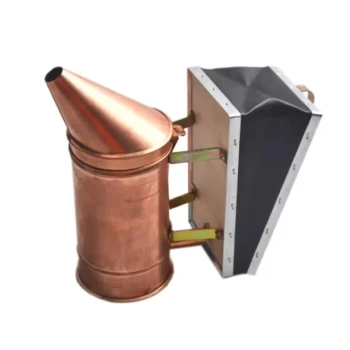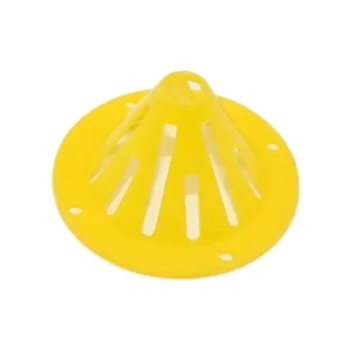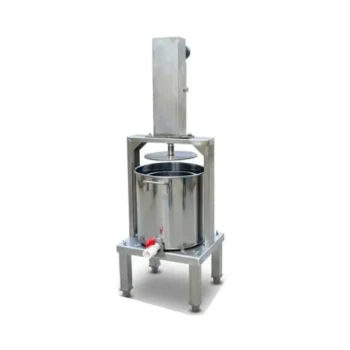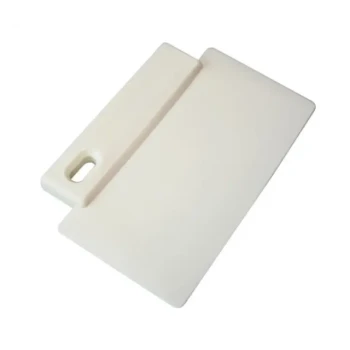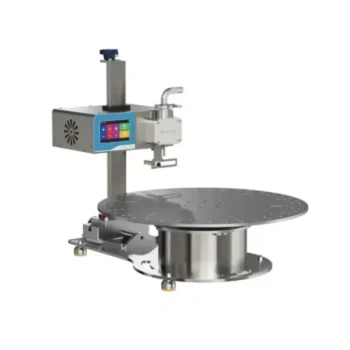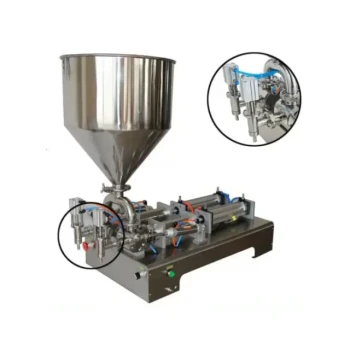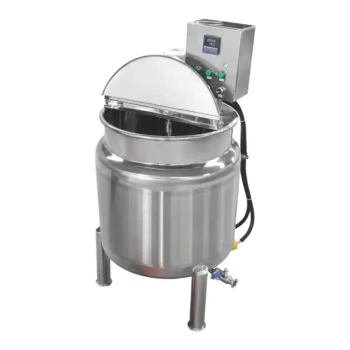In the fall, less water is added to bee syrup for a critical reason. This creates a thicker, more concentrated mixture that directly helps the bees dehydrate and store the feed for winter. It saves them precious energy and time when both are in short supply.
The core principle is energy efficiency. A thicker syrup in the fall minimizes the work bees must do to evaporate moisture, allowing them to rapidly create their winter food stores before the cold weather makes this process impossible.
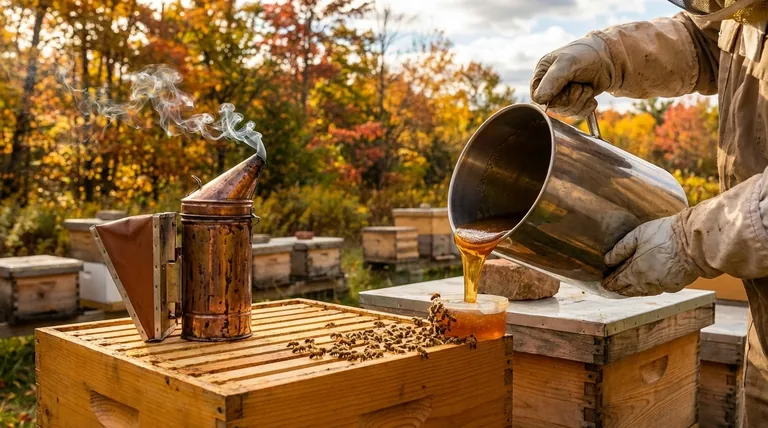
The Core Principle: Aligning with the Bees' Winter Goal
To understand fall feeding, we must think from the bees' perspective. Their sole focus is converting incoming resources into a stable, long-term food source before the nectar flow stops and temperatures drop.
The Dehydration Process
Bees don't just store syrup or nectar as-is. They perform a crucial conversion process, adding enzymes and fanning their wings to evaporate water until the moisture content is low enough (around 18%) to prevent fermentation. This finished product is what we know as honey, or in this case, capped winter stores.
Why Less Water Saves Bee Energy
This evaporation process is incredibly labor-intensive. A thinner syrup with more water requires more time and energy from the bees to cure. By providing a thick syrup (typically a 2:1 ratio of sugar to water), we give them a significant head start. They have far less water to remove, allowing them to process and cap the stores much faster.
The Urgency of Fall Feeding
Unlike the long, slow buildup of spring, fall preparation happens in a rapidly closing window of opportunity.
A Narrow Window for Preparation
There is a distinct point in late fall when temperatures become too cold for bees to effectively take and process syrup. Once they form their winter cluster, their ability to cure and store liquid feed ceases. All winter stores must be in place before this happens.
Encouraging Rapid Consumption
The thicker 2:1 syrup is less like a natural nectar flow (which stimulates brood-rearing) and more like a dense, high-value resource ready for immediate storage. This encourages the bees to consume it quickly and pack it away in the brood chambers where they will need it for winter.
Understanding the Trade-offs: Spring vs. Fall Syrup
The concentration of sugar syrup is a signal you send to the colony. Using the wrong one at the wrong time can work against your goals.
Spring Syrup (1:1 Ratio)
A thinner syrup with equal parts sugar and water mimics the light nectar flow of spring. This stimulates the queen to lay eggs and encourages the colony to expand its population and draw out new comb. The goal is growth.
Fall Syrup (2:1 Ratio)
A thicker syrup with two parts sugar to one part water sends a different signal: the season is ending, and it's time to store food. This mixture is purely for creating winter food stores, not for stimulating brood. The goal is storage.
The Risk of Feeding the Wrong Syrup
Using a thin, 1:1 syrup in the fall is inefficient. The bees must expend too much energy dehydrating it, and you risk not getting enough food stored before the weather turns. It can also introduce excess moisture into the hive, which can lead to condensation and mold issues during winter.
Making the Right Choice for Your Goal
Matching your syrup concentration to the season is one of the most effective ways to support your colony's natural lifecycle.
- If your primary focus is stimulating spring growth and brood rearing: Use a thin, 1:1 sugar-to-water syrup to simulate a nectar flow.
- If your primary focus is providing dense winter food stores: Use a thick, 2:1 sugar-to-water syrup to help the bees save energy and time.
By providing the right feed at the right time, you empower your bees to do what they do best: prepare for the season ahead.
Summary Table:
| Syrup Type | Sugar:Water Ratio | Primary Goal | Best Season |
|---|---|---|---|
| Spring Syrup | 1:1 | Stimulate brood rearing & colony growth | Spring |
| Fall Syrup | 2:1 | Create concentrated winter food stores | Fall |
Ensure your bees are winter-ready with the right supplies. HONESTBEE supplies beekeeping supplies and equipment to commercial apiaries and beekeeping equipment distributors through wholesale-focused operations. We provide the high-quality feeders and equipment you need to support your colonies effectively. Contact us today to discuss your wholesale needs and secure the best supplies for a successful season!
Visual Guide

Related Products
- Premium Traditional Copper Bee Smoker with Bellows
- Slatted Porter Style Bee Escape for Rapid Hive Clearing
- Electric Honey Press Machine for Squeezing Honey Comb Press Equipment
- Mini Desktop Bee Hive Frame Forming Making Machine
- 10L Stainless Steel Electric Honey Press Machine
People Also Ask
- How did early beekeepers use bee smokers? Master Ancient Bee Calming Techniques
- What are the benefits of using smoke properly in beekeeping? Achieve Calm, Safe Hive Inspections
- What are the main components of a bee smoker? A Guide to Safe and Effective Hive Management
- What is the purpose of a bee smoker and how should it be used? A Guide to Calm, Safe Hive Inspections
- What happens to bees when they sense smoke? Unlock the Secret to Calm Hive Inspections
